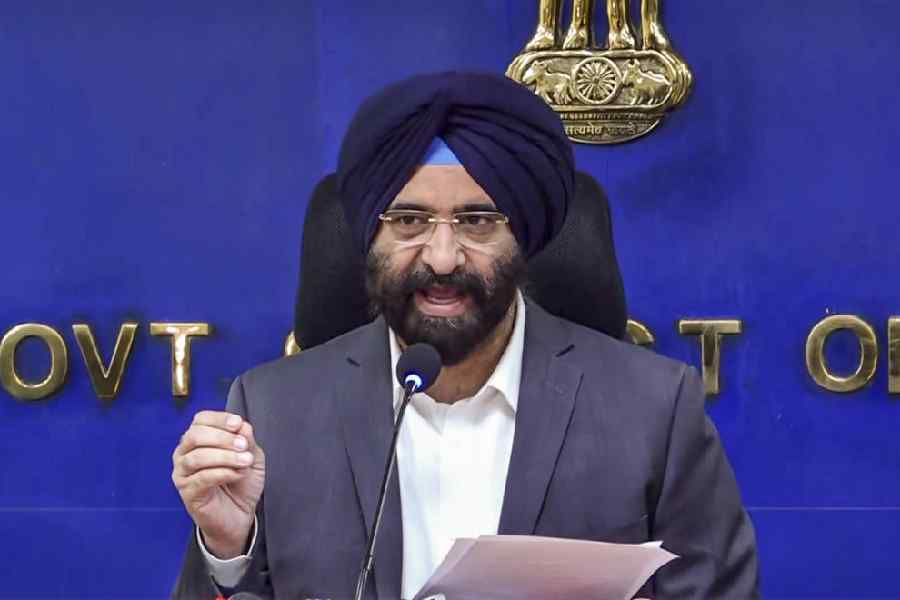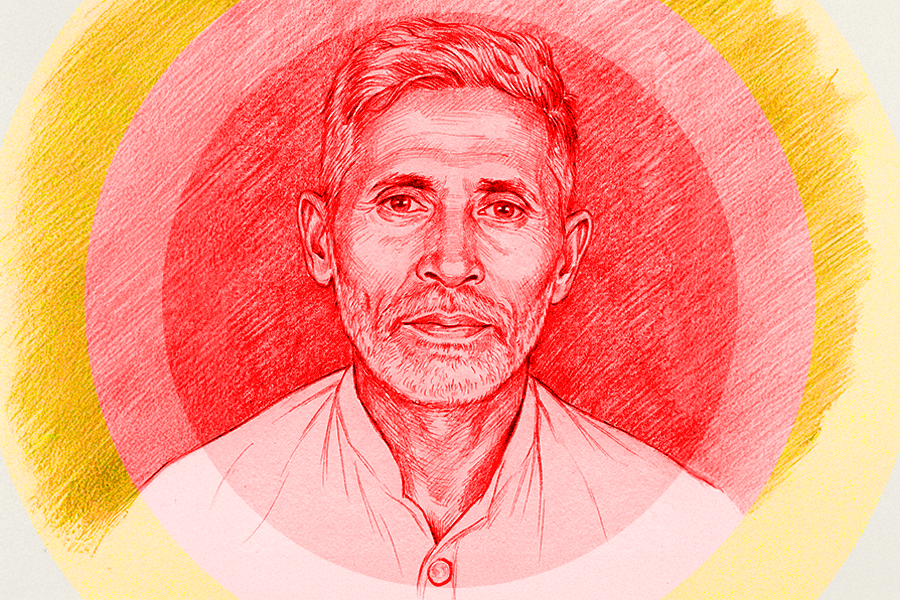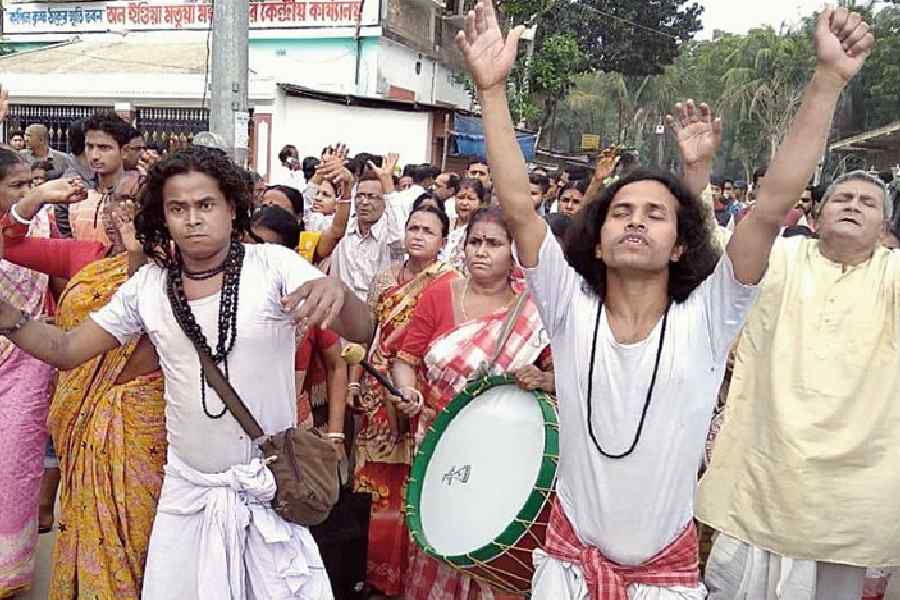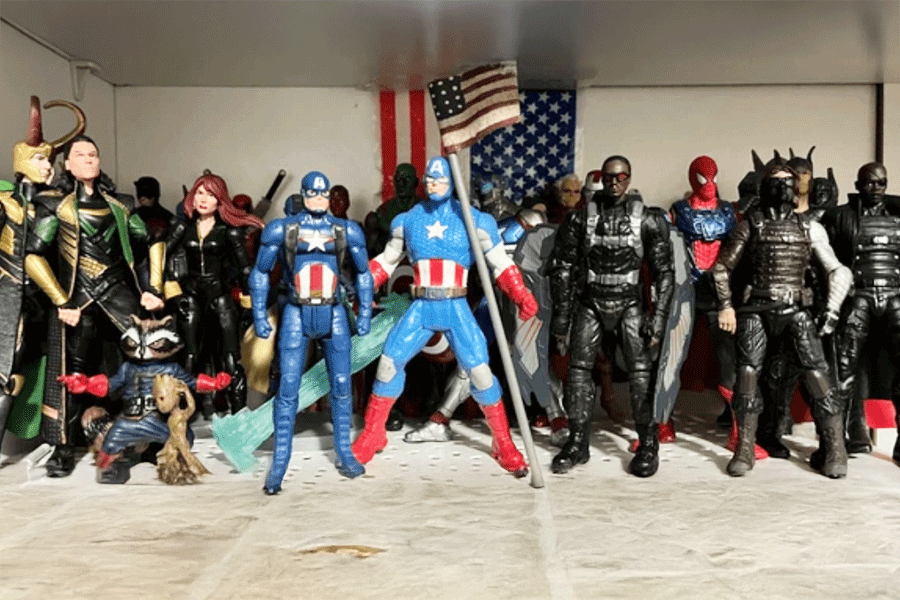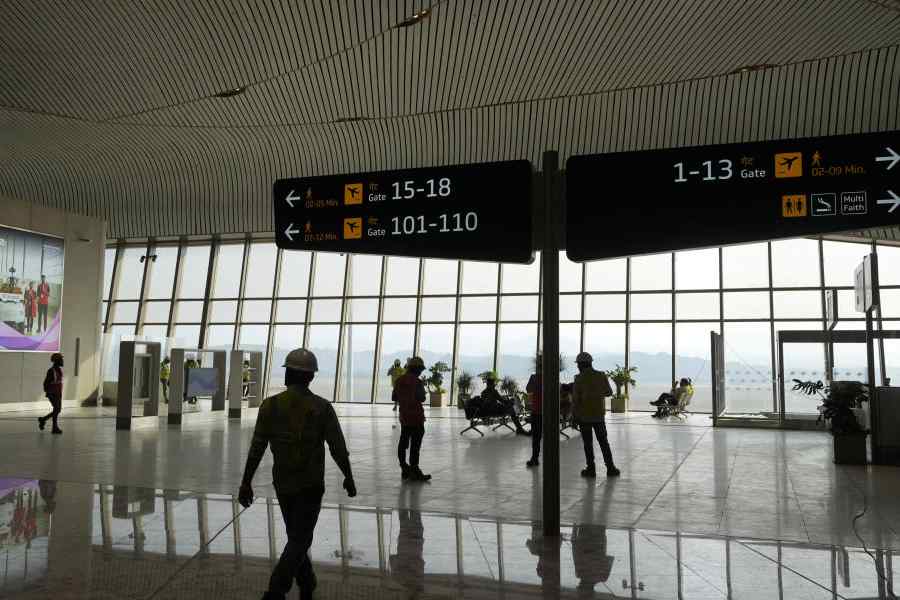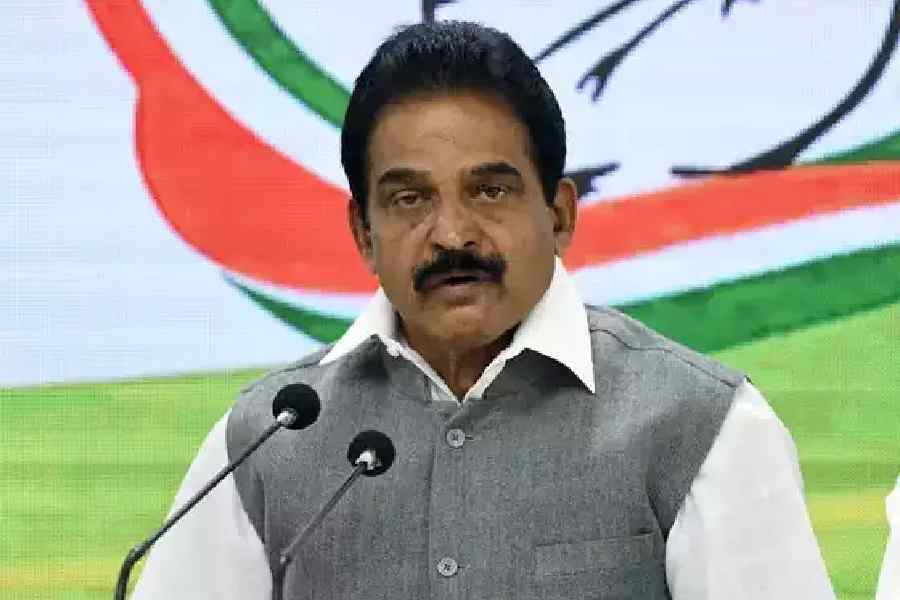Bhubaneswar, April 21: A technical committee of the Archaelogical Survey of India (ASI) has said the 12th century Sri Jagannath Temple in Puri is safe, but a suspected “fault line” needs proper monitoring.
The main temple is structurally stable, said the eight-member committee, which presented a detailed report to the temple administration in Puri yesterday.
The report comes ahead of President Pranab Mukherjee’s April 25 visit to the shrine.
Chief administrator of the temple Arvind Padhee said: “If the ASI takes proper care of the temple, it can be safe for at least another 400 years. As we have the detailed survey report, we will try to work on it and accordingly advise the ASI to do the conservation.”
He said they had requested the ASI to appoint an official of the rank of deputy superintending archaelogist in Puri to monitor the repair work.
However, the technical committee also had a word of caution.
“We would like to draw the attention of the ASI to the east of Beherana entrance, where the supporting column of the lowermost pidha (layers) seems to be tilted towards the south and needs to be verified,” the team said in its report.
There is also a suspected “fault line” near the Madan Mohan temple, a three-chambered structure near the main shrine. The technical committee also pointed out that though the complex is well preserved without any serious problems, at some places, the plaster has become weak.
“The structure stands on the southeast of the garbah griha (sanctum sanctorum) of the main Jagannath temple. A fault line is suspected here because several structures were affected in this direction earlier. It is advisable to regularly monitor and check for any sign of distress on the temple,” the report states.
Geo-scientist and former deputy director-general of Geological Survey of India P.N. Nayak had also pointed out the fault line in Puri, which could play havoc if any movement inside the earth takes place.
The committee found minor lapses in the conservation especially on joint sealing of stones, laying of tiles on roof of kurma bedha (inner boundary around the main temple) and installation of inferior stones. The defects in selecting bad quality stone and joint sealing work must be owing to neglect at the execution level, the committee observed.
The ASI, which was accorded the task of protecting the complex in 1974-75, has taken up a detailed survey work of 103 shrines inside the main temple which covers more than 10 acres.
The committee’s inspection include detailed study of architecture features, conservation status and conservation needs in respect of all subsidiary temples and other important structures. It also analysed the nature, causes of decay and recommended necessary measures.
In most of the temples — including Laxmi temple, Vimala temple and Surya Narayan — the committee has suggested de-plastering, water tightening, joint sealing and replacement of stones. In many cases, it has noticed peeling and weak plaster, cracks on plastered surfaces of the pillars and cracked floor.
At the 16-metre high Laxmi temple, cement plaster on the south needs to be replaced. Stone are required to be replaced on the western side and the garbah griha floor requires.
The committee also says that water leakage occurs from the northwest, which should be stopped. The iron beams also need to be replaced with stainless steel ones.
The committee also observed that the heat and soot generated by the chullas (ovens) used for preparation of dry bhog (offerings to God) are affecting the inner boundary of the temple. This needs to be taken care of.


